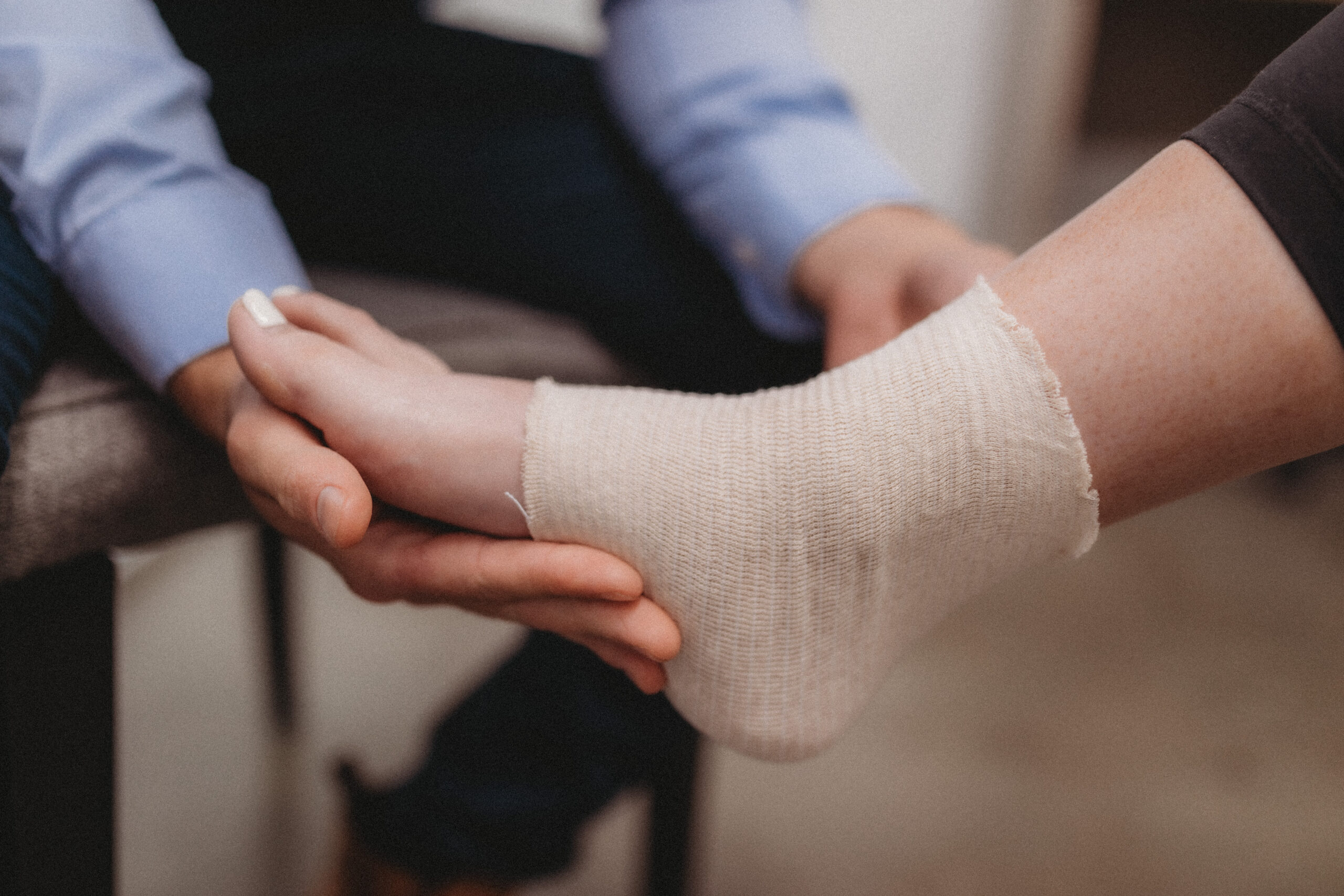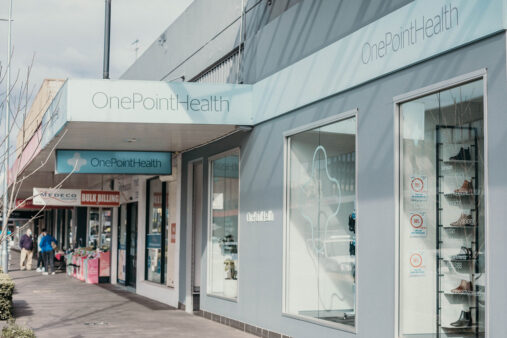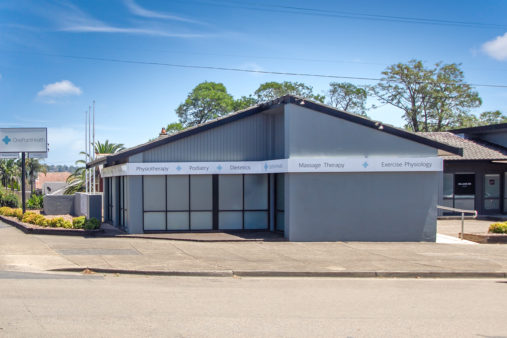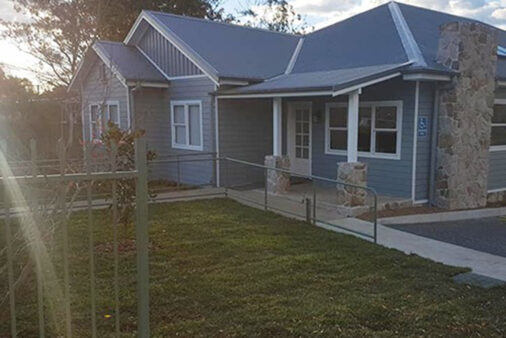An acute soft tissue injury refers to damage that occurs suddenly to the muscles, ligaments, tendons, or other soft tissues in the body. These injuries often result from trauma or a sudden impact, such as a fall, twist, or blow. Acute soft tissue injuries can vary in severity and may include:
- Strains: Overstretching or tearing of muscles or tendons.
- Sprains: Stretching or tearing of ligaments, which connect bone to bone.
- Contusions or bruises: Damage to small blood vessels and tissues, causing bleeding under the skin.
- Tears or ruptures: Complete or partial tearing of a muscle, tendon, or ligament.
Common examples of acute soft tissue injuries include ankle sprains, muscle strains, and contusions.
Common Symptoms of Acute Soft Tissue Injuries
The symptoms of such injuries may include pain, swelling, bruising, and difficulty using the affected body part.
Who can be affected by acute Soft Tissue Injuries?
Acute soft tissue injuries can affect individuals of all ages and activity levels. They are common among both athletes and non-athletes alike. Some factors that may increase the risk of sustaining an acute soft tissue injury include:
- Sports participation: Athletes, especially those involved in contact sports or activities that require sudden stops, starts, or changes in direction, are at a higher risk.
- Age: Younger individuals and older adults may be more susceptible to certain types of injuries. Children may be prone to growth plate injuries, while older adults may be at risk for injuries due to reduced muscle mass and flexibility.
- Previous injuries: Individuals who have previously experienced soft tissue injuries may be more prone to future injuries, especially if the affected area has not been fully rehabilitated.
- Poor conditioning: If the tissue tolerance is not enough to withstand the load it is being exposed to injury is more likely to occur. Lack of proper conditioning, flexibility, or strength can increase the risk of soft tissue injuries during physical activities.
- Improper technique: Using incorrect form or technique during exercise or activities can contribute to the risk of injury.
- Environmental factors: Slippery or uneven surfaces, inadequate equipment, or unsafe conditions can contribute to the occurrence of acute soft tissue injuries.
Diagnosis of an Acute Soft Tissue Injury
Proper diagnosis from the onset of the injury by a qualified health professional will provide the foundation of rehabilitation. No diagnosis or incorrect diagnosis can prevent or delay the healing process and the ultimate return to normal function. The team at One Point Health can assist with diagnosis.
How do I Treat an Acute Soft Tissue injury?
The most recent evidence-based management has been proposed by Dubois and Esculier (2019) – two new acronyms to optimise soft tissue recovery: PEACE and LOVE.
Immediately after injury, let PEACE guide your treatment.
P – Protect the Injured Site
- Unload/minimise load
- Minimise rest
- Let pain guide gradual reloading
E – Elevate
A – Avoid Anti-Inflammatory modalities – medication and ice
C – Compress
E – Educate – come and see us
After the first 2-3 days you need to LOVE the injured site.
L – Load the injured part – commence normal activities without increasing pain
O – Optimism – remaining optimistic has a positive effect on full return and treatment outcomes
V – Vascularisation – musculoskeletal injuries need early cardiovascular activity within pain limits. As well as physical benefits, there are many well-being benefits of exercising. Benefits of early mobilisation and aerobic exercise in people with musculoskeletal disorders include:
- improvement in function
- improvement in work status
- reduces the need for pain medication
E – Exercise specific to the injured part and to the individuals end goals of rehabilitation
Prognosis after sustaining an Acute Soft Tissue Injury
The prognosis for an individual after sustaining an acute soft tissue injury can vary widely depending on several factors, including the type and severity of the injury, the promptness and effectiveness of initial treatment, and the individual’s overall health and adherence to rehabilitation protocols. Here are some general considerations:
- Mild Injuries:
- In cases of mild strains, sprains, or contusions, individuals often experience significant improvement within a few days to weeks with P.E.A.C.E and L.O.V.E
- Moderate Injuries:
- Injuries of moderate severity may require more extended recovery periods. Physiotherapy and rehabilitation exercises may be recommended to restore strength, flexibility, and function.
- Severe Injuries:
- Severe soft tissue injuries, such as complete tears or ruptures, may require more aggressive interventions, including surgery. The prognosis in such cases depends on the success of surgical repair and the effectiveness of rehabilitation.
- Rehabilitation and Compliance:
- Adherence to rehabilitation protocols is crucial for a positive prognosis. Following healthcare professionals’ guidance on exercises, stretching, and strengthening activities can significantly impact recovery.
- Chronic Conditions:
- Some individuals may be more prone to chronic issues or recurrent injuries, especially if there are underlying conditions, inadequate rehabilitation, or a failure to address contributing factors.
- Medical Attention:
- Seeking prompt and appropriate medical attention is essential for an accurate diagnosis and timely treatment. Delayed or inadequate treatment may contribute to prolonged recovery times or complications.
- Age and Health Status:
- The individual’s age and overall health can influence the healing process. Younger individuals may generally recover more quickly, while older individuals or those with underlying health conditions may face additional challenges.
- Individual Variability:
- Every person is unique, and individual responses to injuries can vary. Factors such as genetics, lifestyle, and overall resilience play a role in the recovery process.
It’s important to note that while many soft tissue injuries can heal well with proper care, some injuries may result in long-term consequences or residual symptoms. Correct diagnosis is essential. Regular follow-ups with healthcare professionals can help monitor progress, address any complications, and make adjustments to the treatment plan if needed.
Every physiotherapy session may vary based on your specific needs and the expertise of the physiotherapist. It is important to communicate openly with your physiotherapist, ask questions, and actively participate in your treatment to achieve the best possible outcomes.
Here at OnePointHealth we offer a range of services including physiotherapy, chiropractic care, massage therapy, podiatry, and exercise physiology. Our team are all qualified healthcare professionals who aim to provide personalised and evidence-based treatments to help individuals recover from injuries, manage chronic conditions, and improve overall health and wellbeing.












